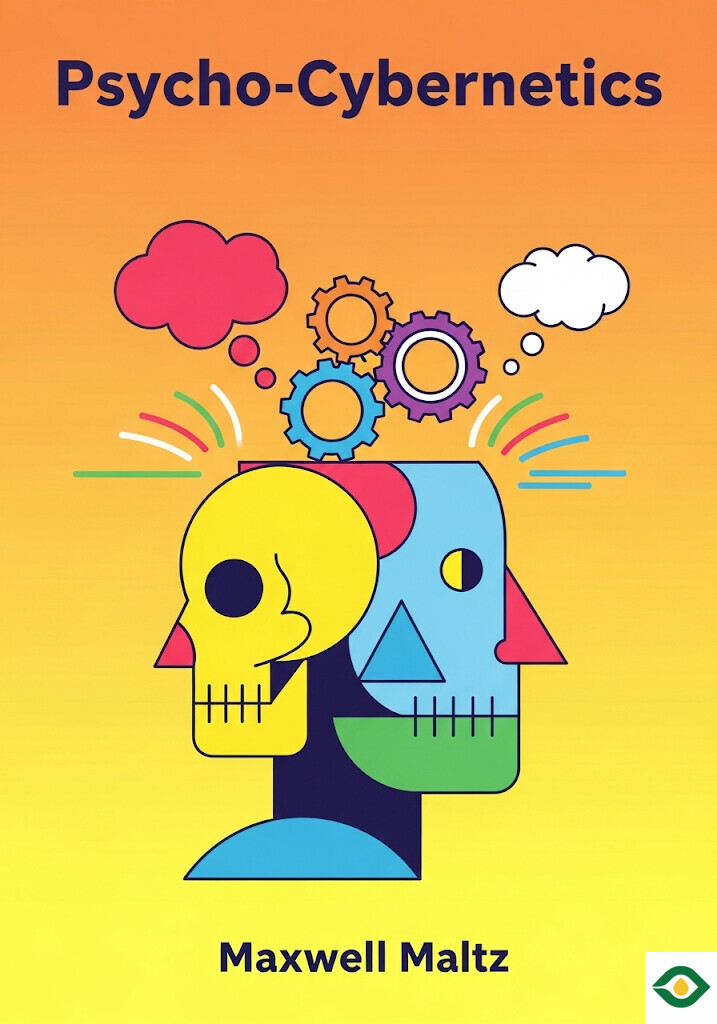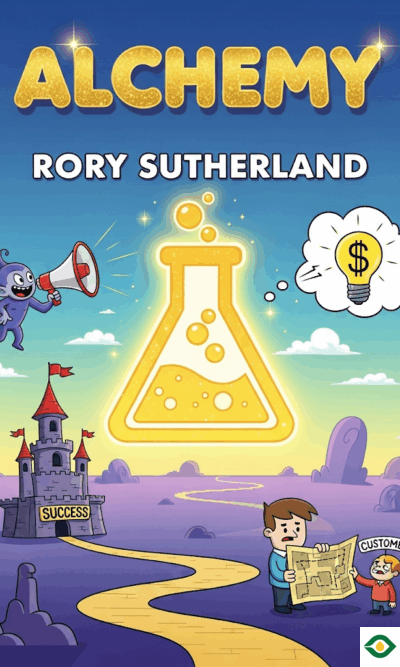Description
We all carry a picture of ourselves in our minds. This picture, or “self-image,” shapes the way we act, think, and feel. If you see yourself as confident, you behave with confidence. If you see yourself as shy or unlucky, you act in ways that make this image real. Most of the limits we believe in are not set by the outside world but by this inner picture.
The problem is that many of these self-images are false. A teacher might once have said you were bad at math, so you started to believe it. A friend might have laughed at your writing, so you decided you weren’t a good writer. These beliefs are like invisible chains. They come from the past, but they hold us in the present. The good news is that you can change them.
We are all hypnotized by our beliefs. Hypnosis is not only something done on stage with swinging watches—it happens every day in quiet ways. When someone plants an idea in our minds, and we accept it, it becomes a kind of hypnosis. If the belief is negative, it can trap us. If the belief is positive, it can lift us. The way to break free from negative hypnosis is to think rationally. When you hear yourself say, “I failed yesterday, so I’ll fail today,” ask, “Is that really true?” Each day is new. Rational questioning can free us from the false stories we repeat to ourselves.
The mind and body work like a goal-seeking machine. Just as a rocket adjusts itself to stay on course, our nervous system adjusts itself toward success when given clear goals. This is the core idea of psycho-cybernetics. If you picture success, your mind begins to guide you toward it. Imagination is the key. Your brain cannot always tell the difference between a real experience and a vividly imagined one. That is why athletes often rehearse in their minds. A pianist who practices mentally can improve almost as much as one who sits at the instrument. Imagination is rehearsal for reality.
Creativity also follows this pattern. You cannot force creativity by straining. First, you gather facts and think carefully. Then you let go. Your mind works best when you relax and allow it to make connections on its own. This is why ideas often come in the shower, during a walk, or just as you are falling asleep. Thomas Edison used naps to unlock creative solutions. When he woke, the answer was often there. The same is true for happiness. Happiness is not something you wait for in the future. It is not found in wealth, marriage, or success. Happiness is something you practice daily by focusing on the positive and letting go of irritation. Edison, after losing a laboratory to fire, chose not to despair but to rebuild with energy.
To build a successful personality, the book describes seven elements:
Sense of direction: clear goals to move toward.
Understanding: seeing situations without distortion.
Courage: acting even when unsure.
Charity: caring for others.
Esteem: believing in your worth.
Self-confidence: built from past successes.
Self-acceptance: making peace with who you are.
Failure, on the other hand, grows from seven other traits: frustration, misplaced aggressiveness, insecurity, loneliness, uncertainty, resentment, and emptiness. By recognizing these, you can correct your path before failure takes root.
Emotional scars are another barrier. Just as the body forms scar tissue after injury, the mind forms scars after emotional pain. These scars protect us but also trap us. They make us defensive, fearful, or closed off. The cure is forgiveness. Forgiveness cuts away the scar and allows healing. When you forgive, you not only let go of anger but also free yourself to live openly again. With scars removed, your true personality emerges. You stop over-monitoring yourself, and creativity flows more easily.
Peace of mind is possible even in a noisy, demanding world. The book suggests two techniques. First, stop reacting automatically to every “bell” around you. Not every phone call must be answered immediately. Not every demand must pull you away from calm. Start by pausing before reacting. Second, create a “quiet room” in your imagination. Picture a place that makes you feel safe and relaxed, like a calm beach or a peaceful forest. Visit this place in your mind whenever you need a break. Even in short moments, you can return to calm.
The heart of psycho-cybernetics is this: You are not stuck with the picture you now carry of yourself. You can edit it, reshape it, and rebuild it. By choosing new images, questioning false beliefs, practicing imagination, and letting go of scars, you can live a life of success, happiness, and peace. Your mind is a powerful tool—like a machine designed for growth. All it needs is the right input.





